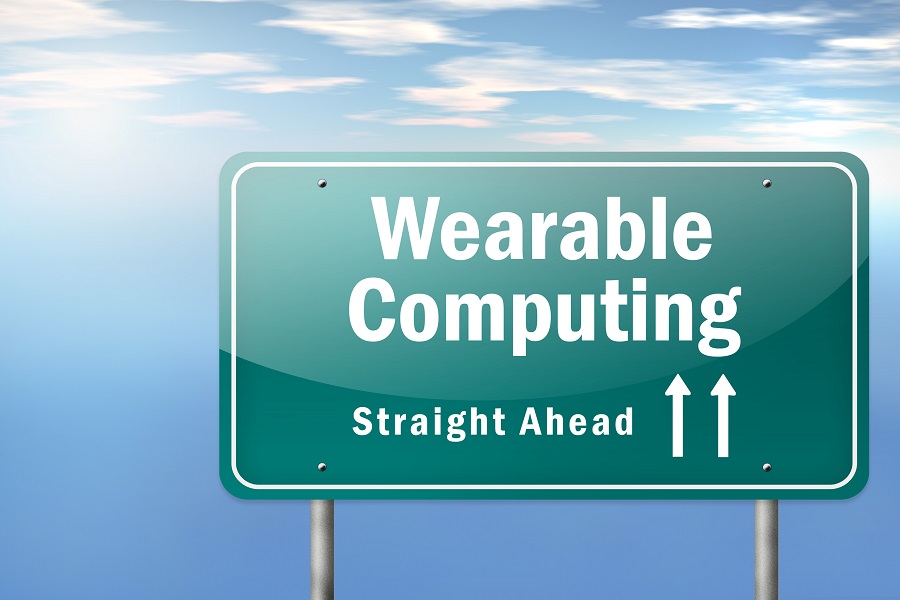Wearable technology: Productivity tool, or spy watches?
Wearable technology is set to be a strong seller over the holiday season, but firms need to consider the security issues

Inside the enterprise: If you were a villain in a Bond movie, you didn't want to be on the wrong end of 007's wearable technology. All too often, the consequences were lethal.
But, although some officer workers might yearn for an exploding watch or a bracelet hiding a poison dart, wearable technology is more likely to be an update on the 1980s' digital watch. Any security issues are, fortunately, likely to be of a less lethal variety.
The question of wearable tech and security, though, is a live one. Organisations already struggle with policing their networks and preventing data loss, especially if they allow employees to use their own smartphones or tablets at work.
Creating a watertight data protection policy, where personal devices are involved, is close to impossible.
Short of an outright ban unlikely to be acceptable in fields outside defence and central government it is hard to prevent employees using a smartphone camera, to take just one example, to capture sensitive data. Then there is the power of modern personal devices: a smartphone can copy even a sizeable company database many times over.
Miniaturisation does pose potential, additional security issues, however. Although there may well be business benefits in using wearable technology the idea of a watch that can conceal or control a camera or a data transmitter is likely to worry CIOs, especially in sensitive industries.
It is one thing to ban the use of cameras or cameras in smartphones; it is quite another to control the use of a device that could, potentially, take a picture at the flick of the wrist. Again, devices that can hook up to a PC and capture data over Bluetooth, or maybe even record or transcribe a conversation, pose a threat to confidentiality.
Get the ITPro daily newsletter
Sign up today and you will receive a free copy of our Future Focus 2025 report - the leading guidance on AI, cybersecurity and other IT challenges as per 700+ senior executives
You don't have to be Bond's gadget maker Q to obtain sophisticated surveillance tools today. A whole range of spy gear, from miniature cameras to hidden microphones, is easy enough to find online. If someone is really determined to obtain company secrets, then they probably will.
The challenge for CIOs is controlling either casual data theft, or accidental data loss. Both of these problems may become worse with wearables.
From a data theft perspective, an employee might be tempted to snap the details of a celebrity customer's records with a watch, in a way they never would with a smartphone, let alone a full-sized camera. When it comes to data loss, if wearables can store company information then they can also lose it too.
A recent study, carried out by Vanson Bourne for Trend Micro, fleshes out some CIO concerns. The firm found that a quarter of companies were rolling out wearables, but 85 per cent thought they did pose a security risk. Almost half of the IT directors surveyed worried about data theft, and a further 34 per cent, about the auto-synchronisation of business data.
Of course, some of these problems can be addressed through policies and education. But maybe CIOs need to take a leaf out of Q's book, and fit wearables with a self-destruct button.
Stephen Pritchard is a contributing editor at IT Pro.
-
 AI is helping bad bots take over the internet
AI is helping bad bots take over the internetNews Automated bot traffic has surpassed human activity for the first time in a decade, according to Imperva
By Bobby Hellard
-
 Two years on from its Series B round, Hack the Box is targeting further growth
Two years on from its Series B round, Hack the Box is targeting further growthNews Hack the Box has grown significantly in the last two years, and it shows no signs of slowing down
By Ross Kelly
-
 The race is on for higher ed to adapt: Equity in hyflex learning
The race is on for higher ed to adapt: Equity in hyflex learningWHITEPAPER Fulfil student and faculty needs
By ITPro
-
 Practical ergonomics guide for education
Practical ergonomics guide for educationWHITEPAPER Save energy, focus, and promote overall well-being
By ITPro
-
 How to manage – and mitigate – performative working
How to manage – and mitigate – performative workingFeature An increasing number of people are putting on a show of working, rather than actually getting on with it
By Peter Ray Allison
-
 The ultimate guide to 3D
The ultimate guide to 3DWhitepaper Creative boost breaks
By ITPro
-
 Developing an end-to-end process for virtual photography
Developing an end-to-end process for virtual photographyWhitepaper Sharing the best practice of creating production-quality photographs with software
By ITPro
-
 Breaking down the barriers to 3D design
Breaking down the barriers to 3D designWhitepaper Designing for the future
By ITPro
-
 IDC: The business value of IBM Maximo
IDC: The business value of IBM MaximoWhitepaper Integral to the transformation of asset management
By ITPro
-
 UK's four-day week trial ends, leads to reduced burnout and sick days
UK's four-day week trial ends, leads to reduced burnout and sick daysNews Organisations reported overwhelmingly-positive results from the world's largest trial of this kind
By Rory Bathgate